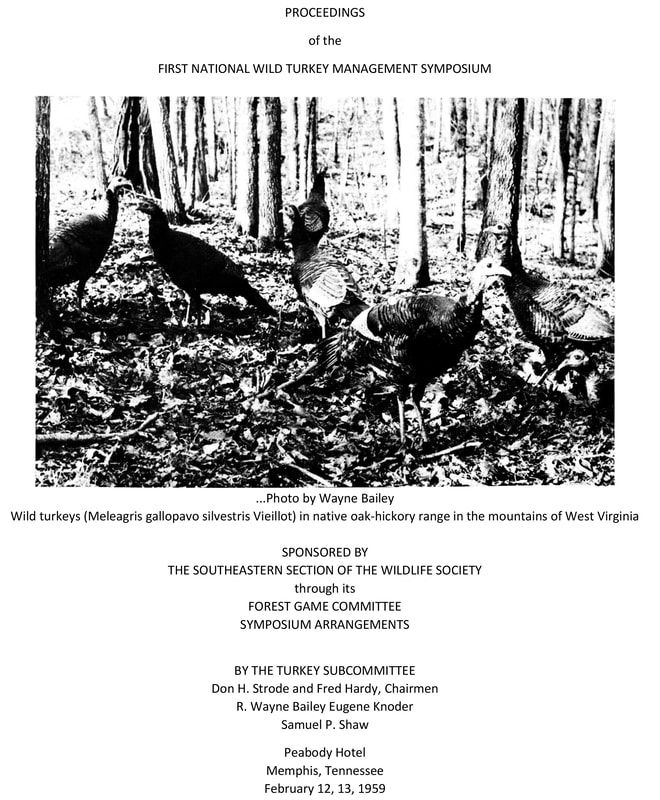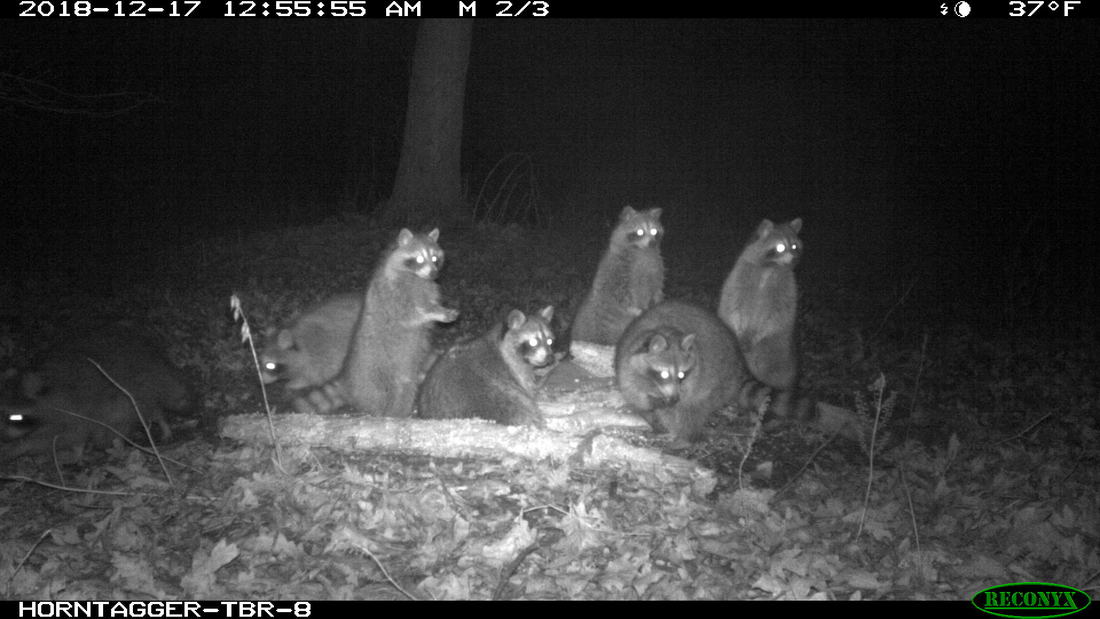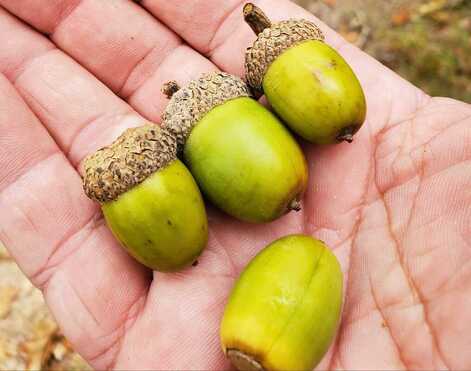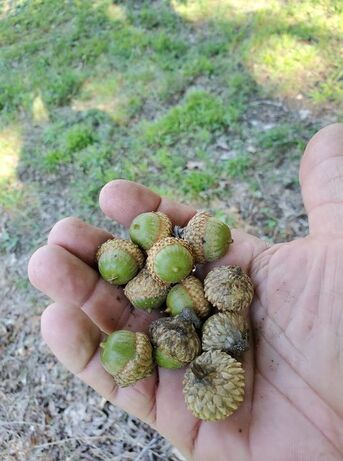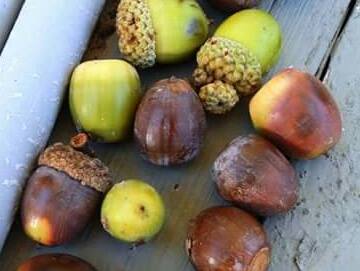6th Annual National Wild Turkey Symposium - 1990
Missouri Wild Turkey Population was 350,000 to 400,000 in 1989
Here some history from Proceedings from The Sixth Annual National Wild Turkey Symposium - February 26 thru March 1, 1990
The first National Wild Turkey Symposium was held in Memphis, Tennessee in 1959, and the second was held in Columbia, Missouri in 1970.
Since then, Symposia have been held at 5-year intervals. Proceedings have been published for all of the Symposia, and except for the second, they are cited as a series. The second Symposium was published by the University of Missouri Press in
1973 and titled "Wild Turkey Management, Current Problems and Programs." Copies of all National Wild Turkey Symposia, including the second, can be obtained from the National Wild Turkey
Federation, Edgefield, South Carolina
I recommend everyone start requesting copies
Some information about Wild Turkey you only told parts about - You will really enjoy!!!!!!
EFFECTS OF FALL EITHER-SEX HUNTING ON SURVIVAL
Survival rates and patterns we observed before the initiation of fall hunting were not unusual.
Annual survival rates were >50% for adult turkeys. Spring hunting caused the greatest mortality in males, and a combination of illegal spring hunting and PREDATION DURNING NESTING/BROOD-REARING ACTIVITES CAUSED THE MOST HENS DEATHS.
Juveniles of both sexes were exposed to heavier predation during the fall than adults were, and
to legal and illegal hunting-related mortality during the spring-hunting season, but annual
survival rates were not greatly different for juveniles and adults of either sex.
Reported similar annual or seasonal mortality rates, patterns, or causes of death for radio-tagged eastern turkeys Missouri.
The fall-to-spring survival rates we observed for AM suggest that fall hunting may reduce the number of gobblers available to spring hunters, i.e., most AM shot in the fall would otherwise be alive the following spring.
Fall hunting would not affect turkey populations IF FALL HUNTING MORTALITY IS COMPENSATORY that is, if there is a compensating increase in survival during other periods of the year to offset fall hunting, or if birds shot by fall hunters would have died anyway to some other agent. NEITHER OF THESE SITUATION EXISTED DURING THIS STUDY. AVERAGE ANNUAL SURVIVAL RATES OF ALL AGE-SEX CLASSES DECLINED AFTER FALL HUNTERS WAS INTRODUCED.
This implies that fall hunting may affect future turkey populations. SHOOTHING ADULT TURKEYS IN POOR PRODUCTION YEARS MAY REDUCE THE NUMBER OF HENS AVAILABLE TO NEST as well as reduce gobbler numbers available to hunters. A REDUCTION IN HENS COULD REDUCE RECRUITMENT AND TOTAL TURKEY NUMBERS FURTHER AND PROLONG THE RECOVER FROM POOR PRODUCTION THAN WOULD HAVE OCCURRED WITHOUT FALL HUNTING.
Right NOW in Missouri just one furbearer and one of the predators - PREDATION DURNING NESTING/BROOD-REARING ACTIVITES CAUSED THE MOST HENS DEATHS that by itself may not matter but with mutliple factors are causing REDUCTION IN HENS HAVE REDUCE RECRUITMENT AND TOTAL TURKEY NUMBERS FURTHER AND PROLONG THE RECOVER FROM POOR PRODUCTION THAN WOULD HAVE OCCURRED WITHOUT FALL HUNTING.
Missouri Furbearer Report Pelts Sold Raccoon 633,000 plus left on landscape
2007/08 - 118,166
2008/09 - 109,088
2009/10 - 47,919
2010/11 - 109,586
2011/12 - 158,356
2012/13 - 138,865
2013/14 - 134,715
2014/15 - 85,497
2015/16 - 34,758
2016/17 - 32,106
2017/18 - 26,340
2018/19 - 22,562
HOME RANGES, MOVEMENTS, AND HABITAT USE OF WILD TURKEY HENS IN NORTHERN MISSOURI
ERIC W. KURZEJESKI, Missouri Department of Conservation, Fish and Wildlife Research Center, JOHN B. LEWIS, Missouri Department of Conservation, Fish and Wildlife Research Center
The first release of wild trapped eastern wild turkeys in agricultural portions of the midwestern United States occurred in Adair County, Missouri, in winter 1961
In this paper we document habitat use, home ranges, and movements of wild turkey hens in northern Missouri during 1981-82.
STUDY AREA
The study area is on private lands about west of Kirksville in Adair County, Missouri.
45% of the study area is in woodland,
16% in row-crop agriculture, primarily soybeans and corn.
24% Pasture and hayland cover.
14% Open lands not used for pasture or hayland and dominated by herbaceous plants were classified as old fields.
The topography is rolling. Bottomlands adjacent to the Chariton River, which bisects the study area, are primarily used for row cropping.
Upland portions of the area are a mosaic of pasture and woodland Most woodland is dominated by trees classified as large poles and small sawlogs. About 25% of the woodland is moderately grazed.
RESULTS
Annual home range size varied from 365 to 2,299 ha. (901 acres to 5,680 acres)
The Average Home range was 779.9 HA or around 2,000 acres and seasonal home ranges were significantly smaller.
Within, annual home ranges areas of intensive use were evident. No differences were detected in seasonal home range size within or between years.
Shifts in seasonal home ranges appeared to be related to FOOD AVAILABILITY. The most pronounced differences in habitat use occurred in winter and were food related.
Dispersal from wintering areas began in mid-March. Dispersal distances averaged < 1.4 km, (little over 3/4 mile), but movements of up to 11.5 km (7 miles) were noted. Most dispersals were completed in <2 days.
Old field habitats were used extensively for nesting. Hens with broods used grassland habitats more frequently than did hens without broods.
Mean distance of all brood locations to pasture during the summer was 119 m (130 yards) compared with 275 m (300 yards) for broodless hens.
A 50:50 mix of mast producing woodlands and open land appears to provide ideal turkey habitat. No less than 15% of the open land should be in row crops, and IT IS IMPORATANT THAT STANDS OF MAST PRODUCING TREES border some of the cropland.
DISCUSSION AND MANAGEMENT RECOMMENDATIONS
Seasonal home ranges appeared to be directly related to food availability with winter food needs exerting the greatest impact on movement and habitat use patterns.
Extensive use of croplands as overwinter food sources has been well documented within midwestern wild turkey populations. During 1980-81, a year of marginal acorn production, turkeys in our study area were observed to travel up to 4.8 km to winter in areas containing row crops. Sixteen percent of the study area was composed of row crops; however, most of the tilled acreage was located in the Chariton river bottoms.
Observations from fixed-wing aircraft and telemetry locations indicated that in YEARS WHEN MAST WAS SCARCE, virtually all turkeys in the study area moved to the river bottoms. The only exceptions were occasional small groups of adult males that wintered in the woodland
areas.
When turkeys congregated in the river bottoms, distinct shifts in areas of intensive use were evident. We believe the shifts were not caused by changes in food availability. Certain fields were used intensively more than once during the winter, indicating that food had not been depleted. It seems that disturbance of flocks, either by HUMANS OR PREDATORS, OFTEN WAS THE CAUSE OF MOVEMENTS.
Most winter lock movements did not exceed 0.5 km; however, the presence of mature timber adjacent to croplands seemed to govern the selection of all the intensively used wintering areas.
Croplands not bordered by mature timber stands were SELDOM USED.
Although croplands undoubtedly play a major role in the maintenance of wild turkey populations in northern Missouri, our data on habitat use depict ROW CROPS as being a SECONDARY FOOD when SUFFICIENT ACORN production occurs.
In the winter of 1981-82 WHEN MAST WAS ABUNDANT, flocks did not move from the fall home range to wintering areas in the river bottoms.
DATA ON POPULATION DENSITY STRONGLY SUGGESTED THAT A 50:50 MIX OF MAST-PRODUCING WOODLAND AND OPEN LANDS APPROACHED THE MOST IDEAL TURKEY HABITAT.
Within a management unit we recommend that no less than 15% should be in row crops. In our latitude, it does not seem that cropland must be well dispersed. but some stands of mature trees should border the field. The remainder of the open land component should be in old fields in varying degrees of succession and pasture lands.
In our study area, pasture lands were especially important to hens with broods, which is
consistent with the findings of other researchers. Old fields received use during all seasons and also seemed important as nesting areas~ Based on the proportions of this cover type within our study area, we recommend that a management area include 15% old fields.
That a diverse patchwork of habitat types may be important in maintaining high turkey population densities.
History from Sixth Annual National Wild Turkey Symposium
Here some history from Proceedings from The Sixth Annual National Wild Turkey Symposium - February 26 thru March 1, 1990
Above is just some information about Wild Turkey you only told parts about - You will really enjoy!!!!!!
Opinion:
Highlights the importance of patchwork of habitat required, which has been driven into every landowner management practices for the past 20 years.
Also highlights the huge importance of Acorn Crops and Mature Timber
Also highlights today with record high predators’ the negative effects it is having on wild turkey by the amount they travel and the landmines of predators. Not by new but the sheer volume of today’s predators now on the landscape.
It also shows how in Southern Missouri the Mast Crops being consumed by Wild Hogs, Bears and Elk have a negative impact on Wild Turkeys and compounded the predator problem, requiring the hens to even travel further.
The 6th Annual National Wild Turkey Symposium - February 1990 - February 26 thru March 1 - 232 Pages
| proceedings_of_the_6th_national_wild_turkey_symposium__1990_b.pdf | |
| File Size: | 10115 kb |
| File Type: | |
